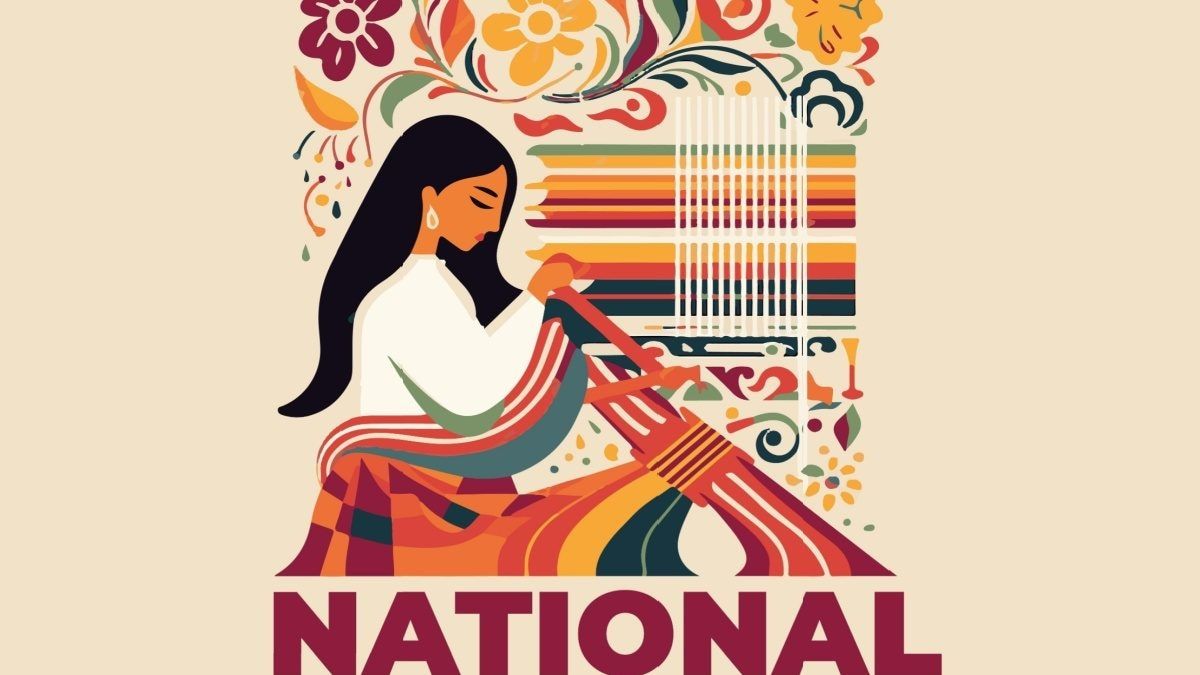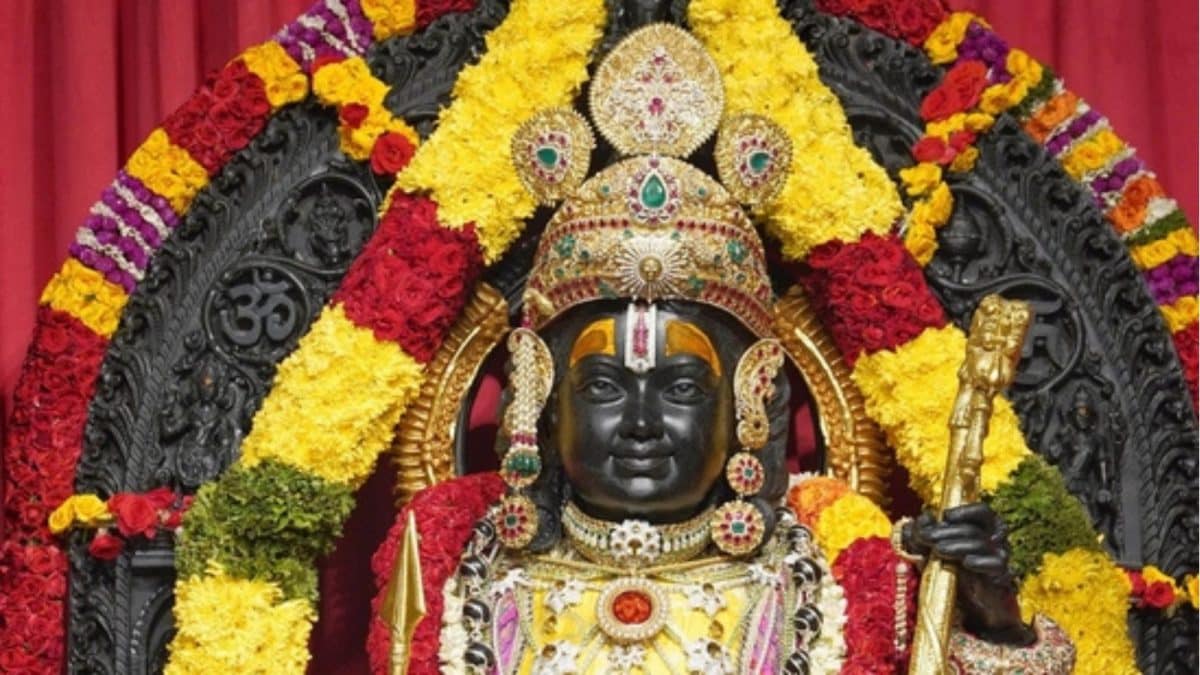The Enduring Charm and Adaptability of KhadiAs designers continue to explore and integrate these rich traditions, the future of handmade textiles looks vibrant and promising.
National Handloom Day: The impact of handloom on contemporary fashion is a testament to its enduring relevance and adaptability
Handmade textiles are experiencing a renaissance in contemporary fashion, celebrated for their unique blend of tradition and modernity. This resurgence is largely attributed to the growing appreciation of Indian heritage and craftsmanship among global audiences.
Sangeeta Kilachand, founder of Sangeeta Kilachand Heritage Clothing, highlights this shift. “The modern Indian customer is coming back to normal,” she notes. “While international brands used to serve as status symbols, there is now a growing appreciation for Indian heritage and craftsmanship. Indian craftsmanship is being championed like never before and it is an exciting time for those of us dedicated to reviving generational crafts. Today, designers are digging into the archives, showcasing ancient techniques and vintage embroidery. The global attention on Indian designers and the influx of new brands reflect the growing popularity of handmade textiles.”
Echoing this sentiment, Stuti Dhanuka, Founder of Terra Luna, highlights the sustainable aspect of handwoven textiles. “With drastic climate changes and depletion of natural resources, sustainability is imperative. Handlooms and village artisans offer a solution. 100% organic khadi, hand-spun and woven without electricity or fuel, epitomises sustainable cotton weaving. Modern brands are reinventing khadi with contemporary styles, vibrant colours and bold patterns, offering eco-friendly alternatives to conventional clothing.”
Vridhi Somani, Founder of Vridhi Somani, further highlights the fusion of tradition and innovation. “Handwoven fabrics hold an irreplaceable place in contemporary fashion as they blend tradition and modernity. The intricate craftsmanship and unique techniques passed down through generations add unparalleled depth to modern designs. As a couture designer, I am continuously inspired by the heritage woven into every fabric:
The adoption of the handloom technique not only preserves cultural heritage but also promotes sustainability and ethical fashion practices. The integration of these timeless pieces into haute couture creates garments that are both modern and meaningful.
Anjali Patel Mehta, Founder, CEO and Creative Director, Verandah, highlights the role of handloom in showcasing regional art. “Handloom allows designers to showcase the talent of artisans in contemporary ways. My collaboration with Sarfraz Khatri, modernising the Ajrakh print on bohemian silhouettes, is one example. Designers like Rahul Mishra and Sanjay Garg have also elevated handloom. At Verandah, we have incorporated handloom into collections, using fabrics like Jamdani and Bengal mul on kaftans and separates. Our first collection, sold at Taj Khazana, was handloom-based, though supply chain challenges remain. The capsule collections address these issues, offering international designs with quality. Even simpler fabrics, like khadi checks from Bihar, have been used in resort dresses. Verandah celebrates handloom, combining traditional techniques with modern, sustainable fashion for international appeal.”
The impact of handmade textiles on contemporary fashion is a testament to their enduring relevance and adaptability. As designers continue to explore and integrate these rich traditions, the future of handmade textiles looks vibrant and promising.












